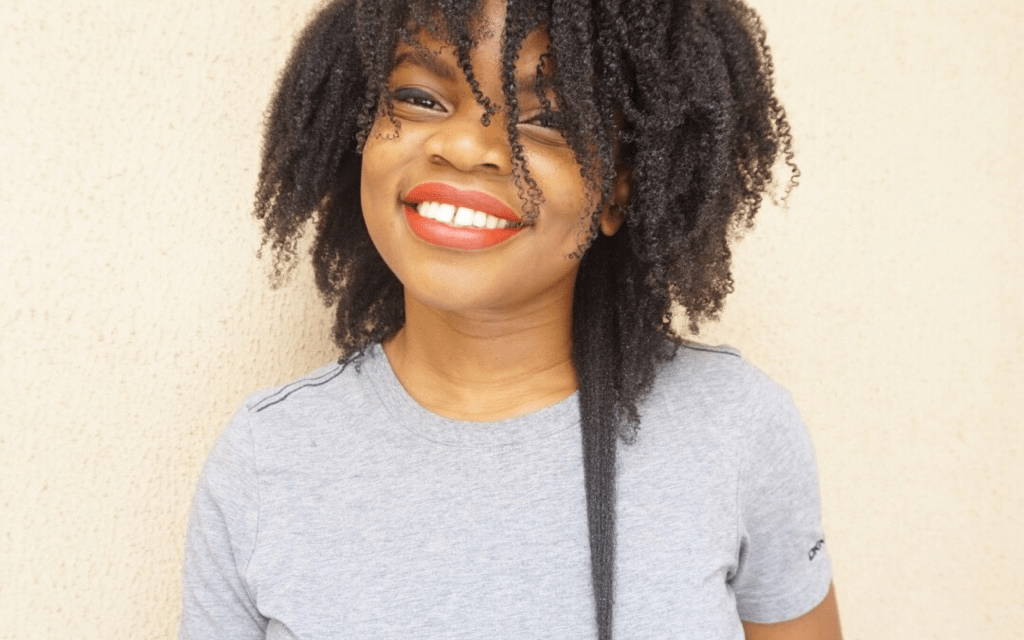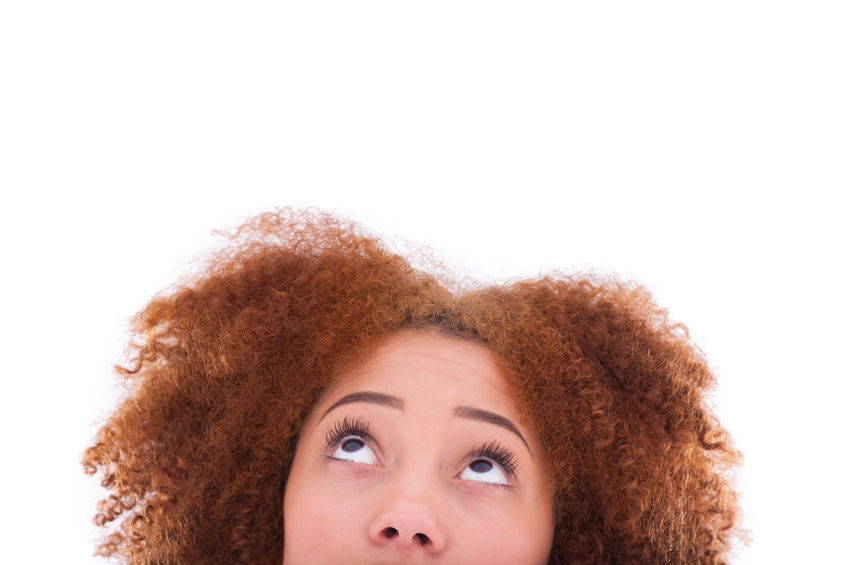
Transition or Chop?
Have you just recently taken the plunge into the naturally curly world? If so, welcome aboard, curlfriend!
It can be a little difficult to figure out the best way to start living your carefree, curly life. There are endless blogs, influencers and tutorials online. Even your closest friends and family members may have conflicting opinions about how you should take care of your hair.
It’s easy to get overwhelmed by all of the information out there, but why make it more stressful than it needs to be? Your curly hair journey will be an adventure, so have fun with it! To ease you through the process, we’ve put together a guide to help get you through the transitioning stages and on the right track to loving ur curls!

One of the biggest questions newly curly girls have is whether they should go for the big chop (cutting off all dead and damaged hair) or take a more gradual approach and transition.
Before you decide if transitioning into curly hair is the right fit for you and your curls, it’s important to consider these 3 T’s for Transitioning!
1. Tricky Textures

If your hair is transitioning from being straight to curly, there will be all different types of crazy textures you’ll have to learn to care for and style.
If you have been excessively dying, straightening or chemically processing your hair, your new curls may not look the way they used to.
It’s likely that the ends of your hair will be loosely curled, wavy or even straight from damage over time. The tricky part is that once you start to transition, the new growth at the roots of your hair will be noticeably healthier and curlier.
TRANSITIONING HAIR NEEDS
Your weaker and more damaged hair is older and requires a little extra attention. What’s the best way to revitalize your limp strands?
Well, older transitioning curls will thrive with products that replenish and fortify your hair. Getting into a routine of deep conditioning often will help the health and look of damaged hair.
You can learn everything you need to know about deep conditioning here. 💁🏽♀️
STOP SAD, STRINGY ENDS
When your new curls begin to flourish, your stringy, straight ends start to look more obvious and become even more to difficult to style.

When your new curls begin to flourish, your stringy, straight ends start to look more obvious and become even more to difficult to style.
Some curly girls prefer to snip off stringy ends and rock a shorter hairstyle.
However, you can also try to camouflage your straight ends with styles like braid-outs and twist-outs to create a consistent texture throughout your hair.
Check out this amazing flat twist-out vid from our girl Jadyn to see how you can naturally manipulate your curl pattern.2. Time & TLC
Transitioning curls are more fragile for a few reasons. Remember, chances are you were putting extreme stress on your curls with things like, heat, colour or potent chemicals that break down the structure of your curls. All of these make the strands weaker and more prone to damage. The parts of your hair where different textures meet tend to be more fragile, weak and prone to tangling.

The difference is noticeable and some curlies refer to it as The Line of Demarcation [cue lightning and thunder!].
The Line of Demarcation is the place where many combs have lost their teeth and many strands have lost their lives in a fierce battle of detangling and styling.
This section of your hair will require a gentle and patient hand: If you’re too rough with your curls, chances are you’re gonna cause more damage.
PROTECTIVE STYLE BASICS
What exactly is a protective style? Basically, any hairstyle that keeps your fragile ends from being manipulated and damaged.
There are many amazing styles that will protect your hair and camouflage your transition: braids, twists, buns, ponytails – you name it! The beauty of protective styling is that once you have styled your hair, you can shave off tons of time from your morning routine.
Just make sure if you are using braided or twisted extensions not to forget about taking care of your hair. This means continuing to wash, condition and moisturize your hair regularly so your curls will have time to heal and strengthen while rocking your protective style.

3. Type: Why Ur Curl Pattern Makes A Difference
Curly hair journeys can be vastly different from person to person (no two curl types are exactly the same, after all). Ladies with looser curls may find that transitioning is not so challenging, but for someone with a really curly, kinky or coily hair type, it may be harder to stick it out through this stage of the journey.

Even with protective styles, some are more appropriate for certain hair types. For example, when it comes to braided and twisted styles, kinky-coily types tend to hold the style better with little effort. On the flip-side pulling this hair-type back into buns and ponytails too often can be damaging and may cause breakage. The amount of work and time that goes into transitioning is often underestimated. A big chop can be a huuuuge leap into going natural, and in some ways a fresh start can be easier than contending with damaged, stringy ends.
It takes a lot of patience to transition from damaged curls, especially if you’re just starting to learn about how to take care of them.
But with the right mindset, you can certainly come out on top with a beautiful head of curls to boot.
Mind Over Matter
The secret to building your perfect curly hair routine is all about learning and growing. Don’t forget that most of your favourite curly hair Instagrammers had to go through tons of bad hair days or product fails before they found a routine that works for them and their curls.
So don’t beat yourself up if you don’t love your curls the first few times you try to rock ‘em! Your curls aren’t gonna make a comeback overnight. Instead, take a breath, shake off the doubt, and try tweaking your technique or changing up your styles.
Most importantly, be realistic about your expectations. As long as you remember to be patient, your hard work will pay off and your curls will thank you!






1 comment
Michelle
Ladies, I would to see some before and after pictures of anyone that is going through the transition from damaged hair (ie. Japanese straightening) back to curly hair. Thank you!! 😁
Ladies, I would to see some before and after pictures of anyone that is going through the transition from damaged hair (ie. Japanese straightening) back to curly hair. Thank you!! 😁